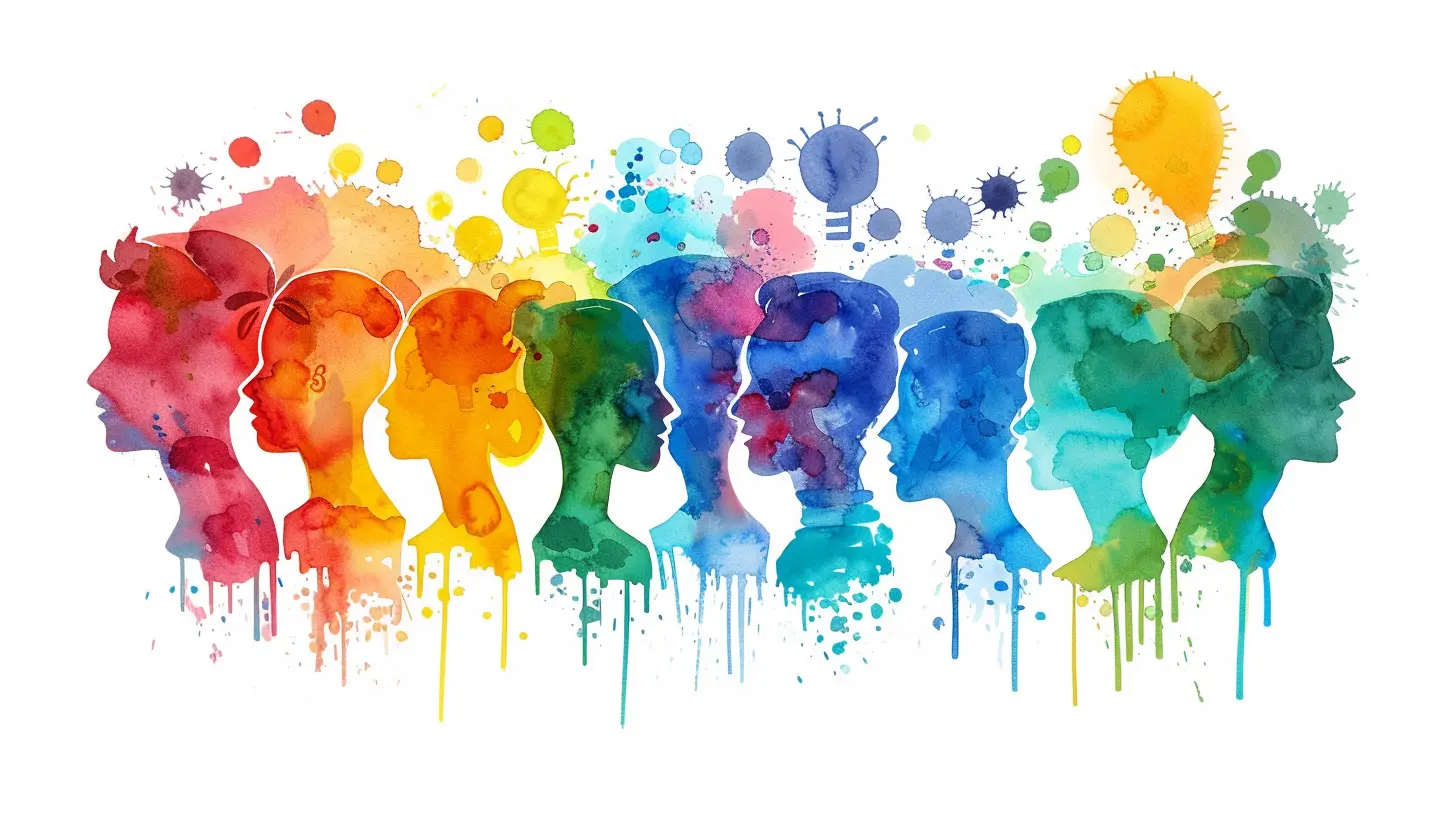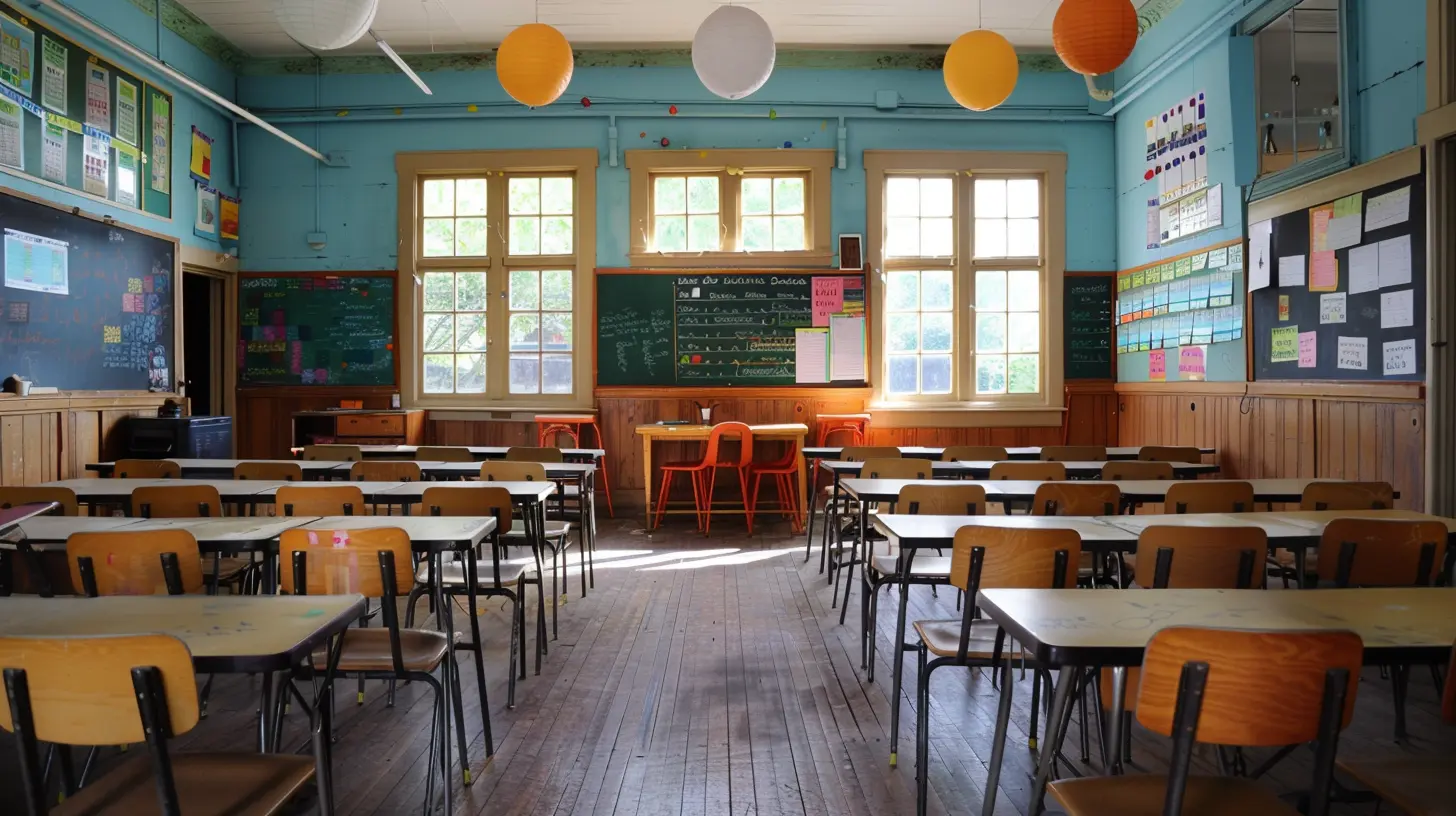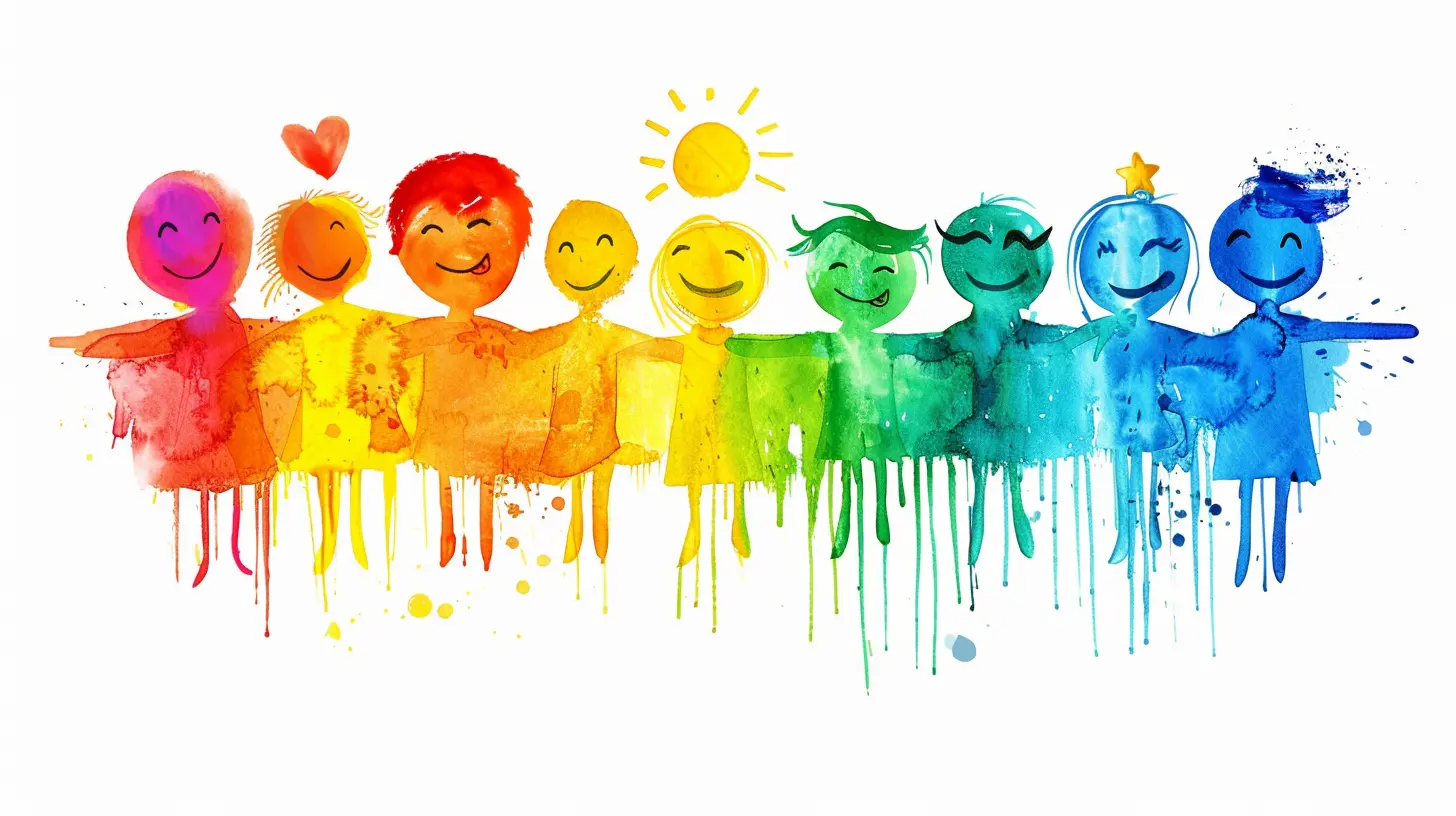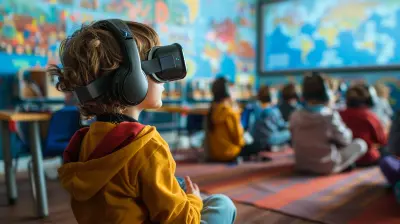Promoting Social-Emotional Learning in the Classroom
27 May 2025
Social-emotional learning (SEL) is more than just a buzzword—it’s a game-changer in education. Imagine a classroom where students not only ace their tests but also develop emotional intelligence, resilience, and empathy. Sounds like a dream, right? Well, it’s completely possible when SEL is prioritized.
In this article, we’ll dive deep into what SEL is, why it’s crucial in classrooms, and most importantly, how teachers can seamlessly integrate it into their daily routines. Let’s get started!
What is Social-Emotional Learning (SEL)?
Before we discuss how to promote SEL, we need to understand what it actually is. In simple terms, social-emotional learning helps students develop key life skills such as self-awareness, self-management, responsible decision-making, social awareness, and relationship-building.Think of it as teaching kids to handle life’s curveballs with confidence. It’s not just about academics; it’s about equipping students with the tools to navigate relationships, emotions, and real-world challenges.
Why is SEL Important in the Classroom?
Let’s be real—kids don’t just come to school to memorize facts. They also need to learn how to interact with others, handle stress, and stay motivated. SEL fosters these essential life skills, making students more well-rounded individuals.Here’s why SEL is non-negotiable in today's classrooms:
1. Boosts Academic Success
Students with strong social-emotional skills tend to perform better academically. Why? Because when kids know how to regulate their emotions and manage stress, they can focus on learning without being overwhelmed.2. Improves Classroom Behavior
Ever dealt with classroom disruptions? SEL can help! When students learn self-control and empathy, they’re less likely to act out and more likely to respect their peers and teachers.3. Encourages Emotional Resilience
Life isn’t always smooth sailing. SEL teaches students how to handle setbacks, whether it’s failing a test or dealing with personal struggles. Emotional resilience is a lifelong skill that can’t be ignored.4. Strengthens Relationships
Good relationships are at the heart of a positive classroom culture. SEL helps students communicate effectively, resolve conflicts amicably, and establish meaningful connections.5. Reduces Anxiety and Stress
With increasing academic pressures, students today face high levels of stress. SEL provides coping strategies that help them manage anxiety, stay positive, and maintain mental well-being.
How to Promote Social-Emotional Learning in the Classroom
Now that we know why SEL is crucial, let’s talk about practical ways to implement it in the classroom. You don’t need a complicated curriculum—small, consistent efforts can make a huge difference.1. Start the Day with Emotional Check-Ins
Before diving into lessons, take a few minutes to check in with your students. A simple “How are you feeling today?” can go a long way. You can use a mood chart, a feelings journal, or even a quick round of affirmations.This activity shows students that their emotions matter and creates a supportive environment where they feel heard.
2. Incorporate Mindfulness and Relaxation Techniques
Mindfulness isn’t just for yoga enthusiasts! Guided breathing exercises, short meditation sessions, or even a moment of silence can help students focus and manage stress.For example, try the "5-4-3-2-1 grounding exercise" when students feel overwhelmed. It encourages them to focus on their senses—five things they can see, four they can touch, three they can hear, two they can smell, and one they can taste.
3. Encourage Open Discussions About Emotions
Gone are the days when kids were told to "toughen up." It’s essential to create a classroom culture where emotions are discussed openly and without judgment.Try a "Feelings Circle" where students can share their thoughts without fear of criticism. This not only helps them express themselves but also teaches empathy as they listen to others.
4. Teach Conflict Resolution Skills
Disagreements are bound to happen. Instead of punishing students for conflict, teach them how to resolve it peacefully. Role-playing different scenarios can be a fun and effective way to practice conflict resolution.Example: If two students argue over a classroom supply, guide them to find a solution together instead of simply stepping in as the authority figure. This empowers them to handle conflicts independently.
5. Use Literature to Teach Empathy
Books are a fantastic way to introduce SEL concepts. Stories allow students to step into someone else’s shoes and understand different perspectives.Choose books with strong emotional themes and discuss them afterward. Ask questions like, “How do you think the character felt?” or “What would you have done in their situation?”
6. Promote Teamwork Through Group Activities
Cooperative learning fosters communication and social skills. Assign group projects, encourage peer feedback, and create opportunities for teamwork.From building a class mural to solving puzzles together, collaborative activities teach students valuable lessons about leadership, compromise, and cooperation.
7. Model Positive Social-Emotional Behavior
Students learn best by example. If you want them to be empathetic, resilient, and kind, you need to model these behaviors yourself.Show gratitude, practice patience, and handle classroom challenges with composure. Your students will pick up on these cues and mirror them in their interactions.
8. Implement a Growth Mindset Approach
A fixed mindset can be detrimental to both academic and personal growth. Encourage students to embrace mistakes as learning opportunities.Instead of saying, "You're so smart!", try "I love how you kept trying, even when it was difficult!" This reinforces perseverance and resilience.
9. Create a Safe and Inclusive Classroom Environment
Students thrive in spaces where they feel safe and accepted. Foster inclusivity by celebrating diversity, addressing bullying head-on, and ensuring that every student’s voice is valued.Consider setting up a “Classroom Contract” where students collectively agree on norms like respect, kindness, and active listening.
10. Encourage Self-Reflection
Help students develop self-awareness by incorporating reflection exercises. Journaling, gratitude lists, or even a simple exit slip like, "What made you smile today?" can work wonders in fostering emotional insight.When students reflect on their actions and emotions, they become more in tune with themselves and their personal growth.
Overcoming Challenges in Implementing SEL
Integrating SEL might seem overwhelming at first, especially with an already packed curriculum. But here’s the good news—you don’t need to overhaul your entire teaching style.Here are a few solutions to common challenges:
- Limited Time? Embed SEL into existing lessons instead of treating it as an extra subject.
- Lack of Training? Utilize available SEL resources, attend workshops, and collaborate with fellow educators.
- Unsupportive Administration? Present research showing SEL’s positive impact on academic performance and behavior.
SEL is not a nice-to-have—it’s a must-have. With small yet intentional efforts, you can transform your classroom into a thriving emotional learning space.
Final Thoughts
Promoting social-emotional learning in the classroom isn’t about adding more to your plate—it’s about making learning more meaningful and impactful. By integrating SEL into daily routines, you empower students with the life skills they need to succeed, not just in school, but in life.So, the next time you enter your classroom, remember: you’re not just teaching subjects—you’re shaping minds, hearts, and futures.
Are you ready to make SEL a cornerstone of your teaching approach? Start small, stay consistent, and watch the magic unfold!
all images in this post were generated using AI tools
Category:
Teacher ResourcesAuthor:

Olivia Chapman
Discussion
rate this article
3 comments
Grant Fletcher
Integrating social-emotional learning fosters resilience and empathy, essential skills for holistic student development and positive classroom dynamics.
June 10, 2025 at 11:49 AM

Olivia Chapman
Thank you for highlighting the importance of resilience and empathy—key components of social-emotional learning that truly enhance student development and classroom dynamics!
Sloan McGeehan
Nurturing hearts fosters thriving minds!
May 31, 2025 at 3:35 AM

Olivia Chapman
Absolutely! Nurturing emotional well-being is key to enhancing cognitive development and overall student success. Thank you for your insight!
Peregrine Jennings
Unlocking the hidden layers of the mind, social-emotional learning weaves connections in our classrooms. What secrets lie beneath the surface of our interactions with students?
May 28, 2025 at 11:06 AM

Olivia Chapman
Thank you for your insightful comment! The hidden layers of our interactions truly highlight the importance of empathy and connection in fostering a supportive learning environment. Exploring these dynamics can enhance student well-being and academic success.



